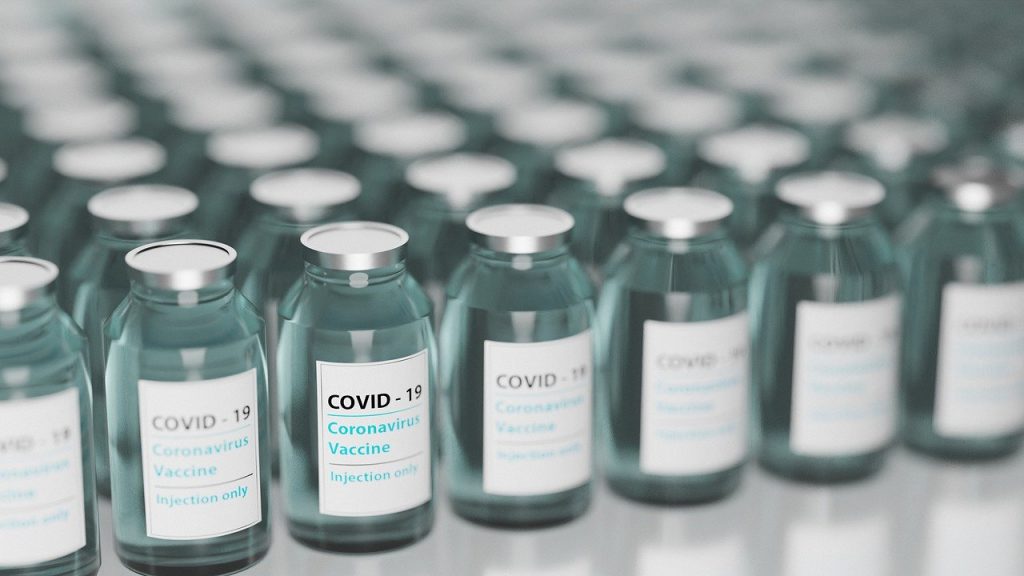A high vaccination rate in a given geographical area helps significantly decrease the positive test fraction in individuals under 16
A joint study by the Technion and Maccabi Health Services indicates that the rapid mass vaccination of Israel’s adult population also provides substantial protection for individuals aged 16 and younger, who until recently could not get the vaccine. The study, based on an analysis of 1.37 million vaccinated individuals from 246 different communities in Israel, shows that a high vaccination rate in a given geographical area helps significantly decrease the positive test fraction in individuals under 16.
The publication of the study in the prestigious Nature Medicine journal this past Thursday aroused great global interest and was covered by The New York Times. The study was conducted by Prof. Roy Kishony, Dr. Idan Yelin, and research student Oren Milman of the Faculty of Biology and The Lorry I. Lokey Interdisciplinary Center for Life Sciences & Engineering at the Technion, in collaboration with experts from KSM (Kahn Sagol Maccabi Research and Innovation Center) led by Dr. Tal Patalon.
This study continues and supports the findings of the team’s previous study, also published in Nature Medicine in March 2021, which showed that vaccination helps significantly reduce the individual’s viral load and “personal R value”, i.e., their chances of passing the disease on to others. Now it turns out that the mass vaccination of Israel’s adult population helped reduce the R value not only of individuals but also of community’s level too, ensuring better protection for infants, children, and adolescents under 16 who could not get the vaccine until recently.
To read the full New York Times article: nyti.ms/3gjBect
Image by torstensimon from Pixabay








